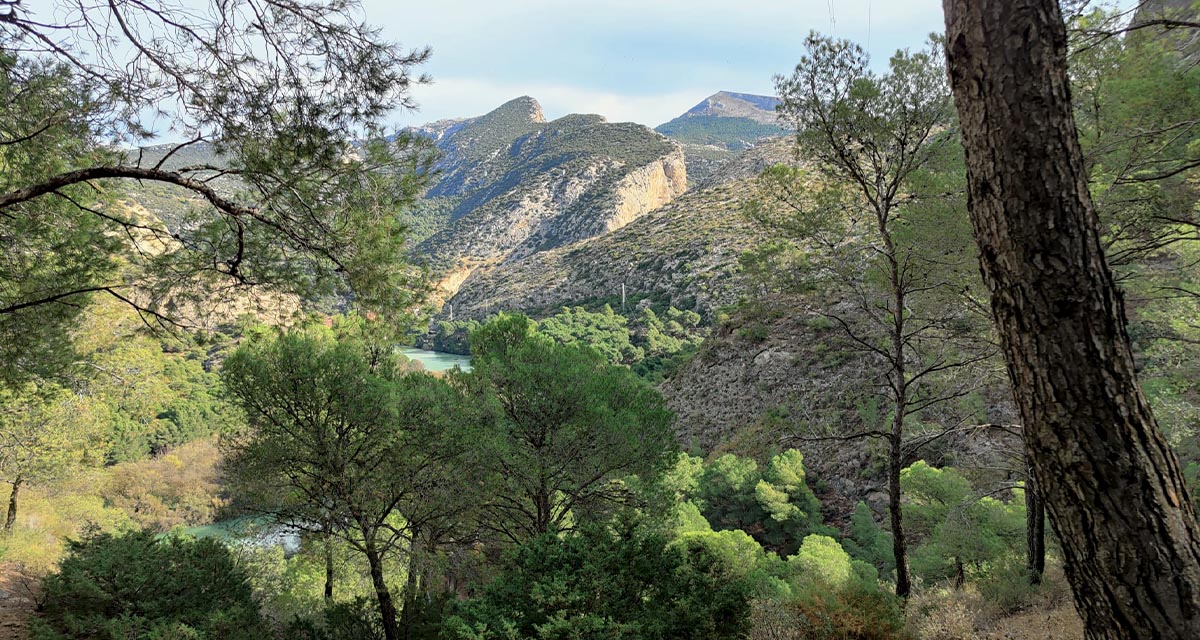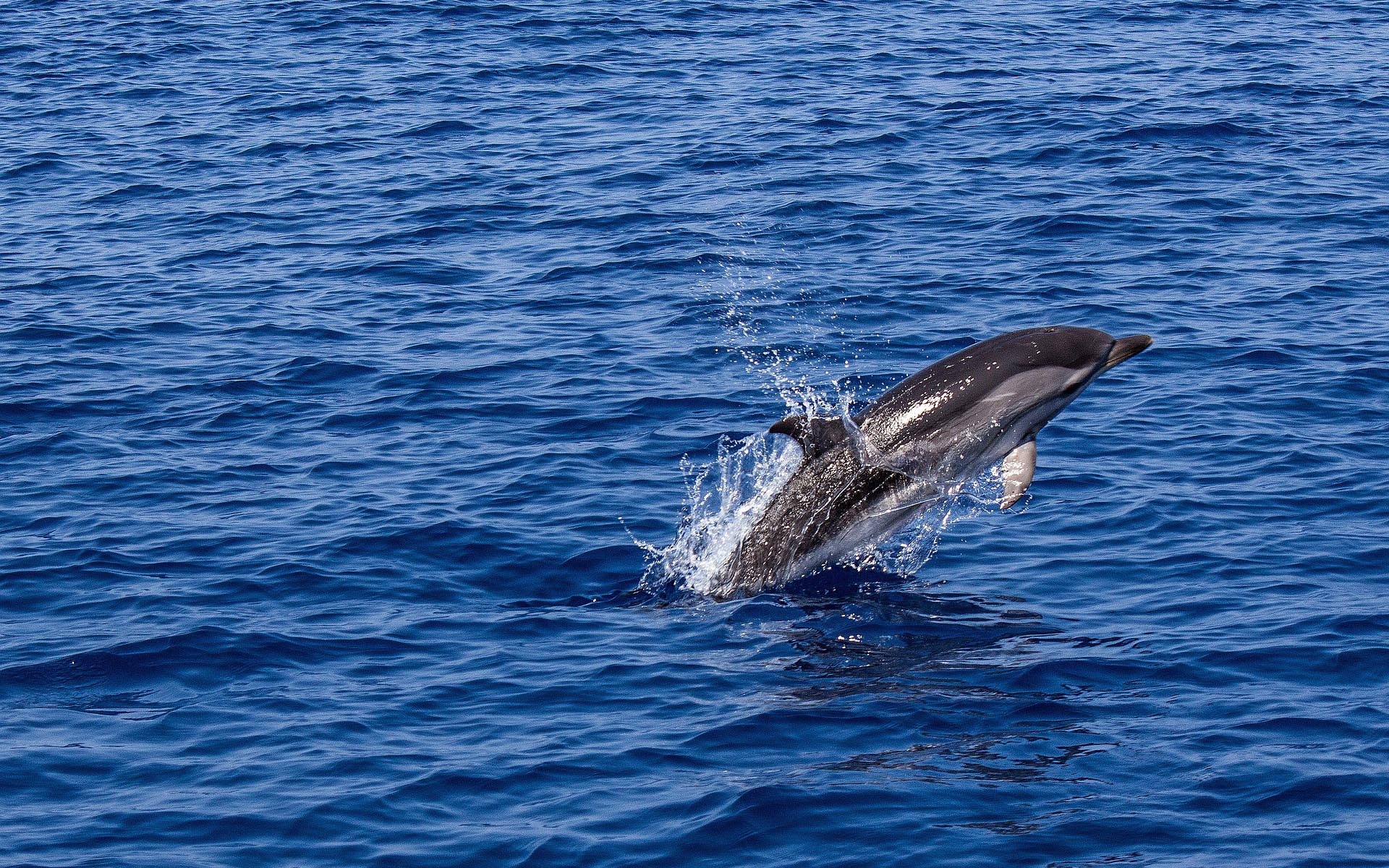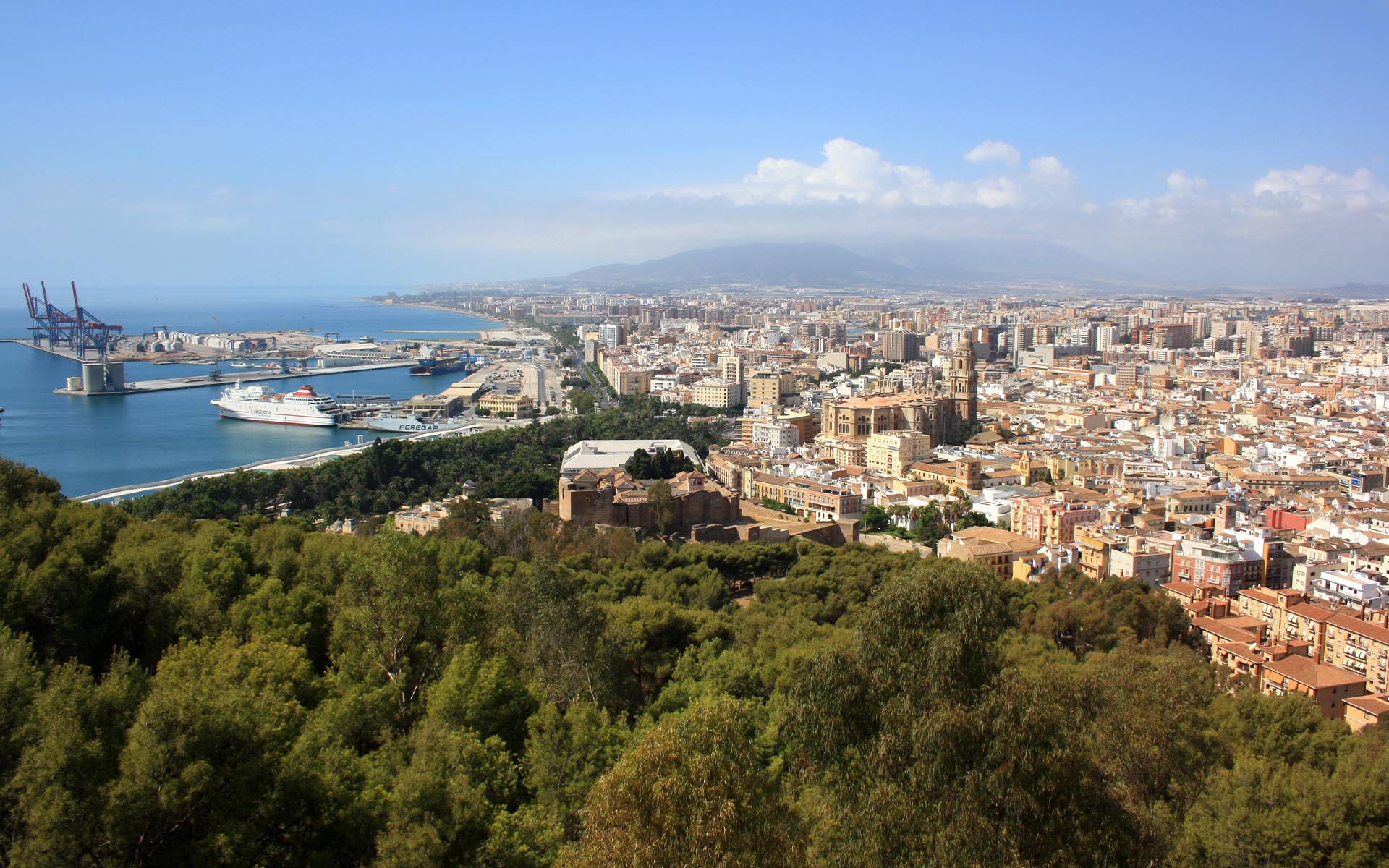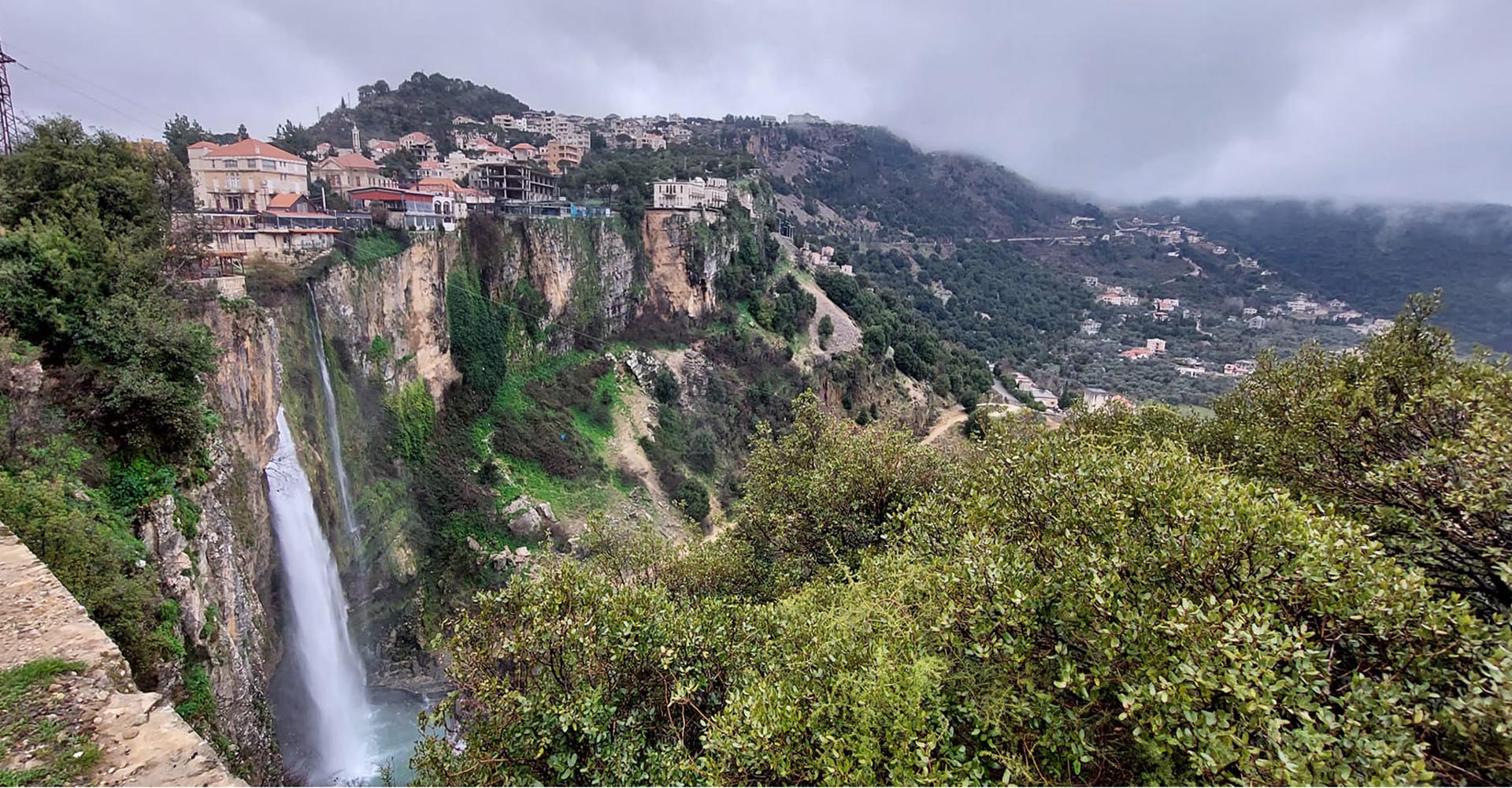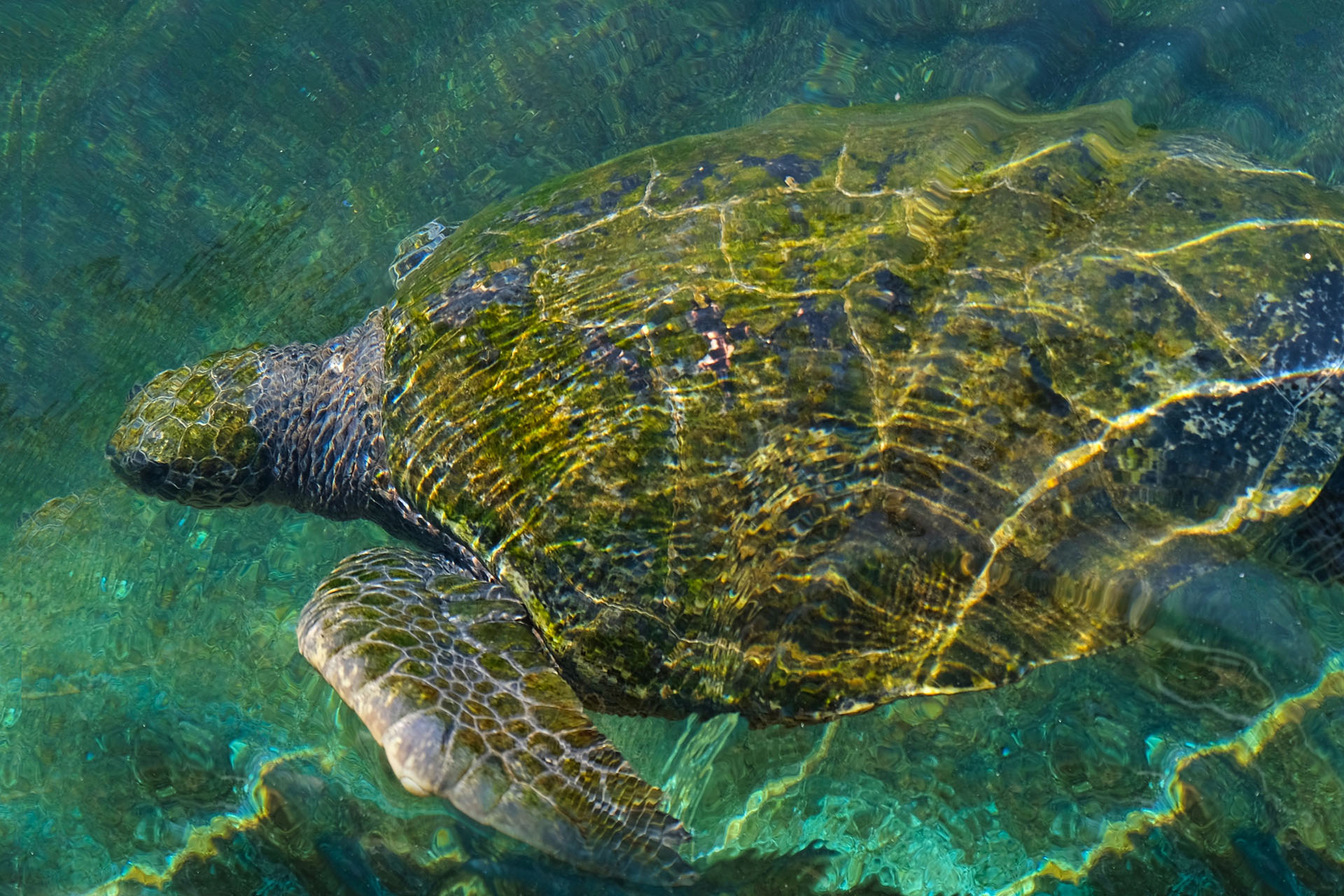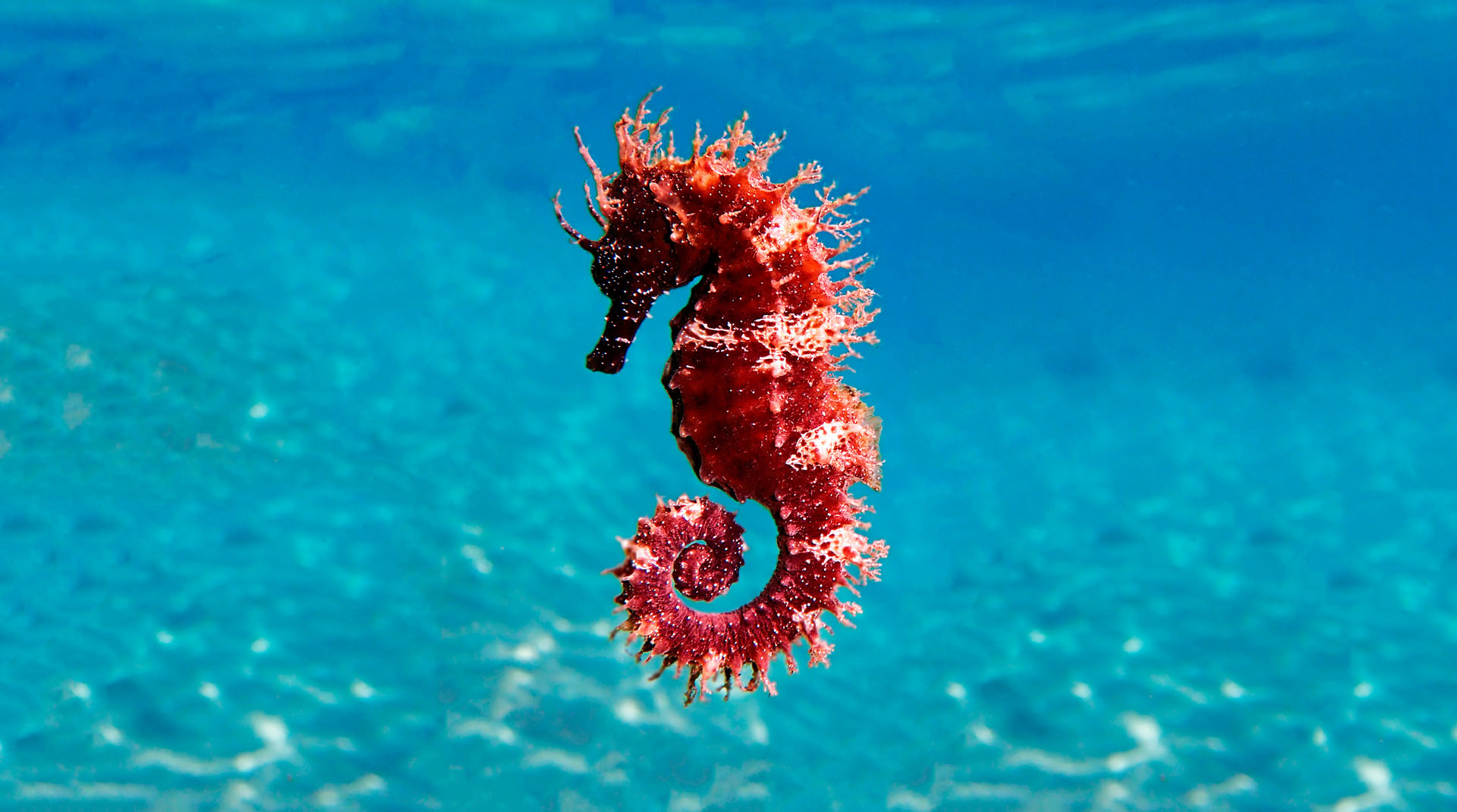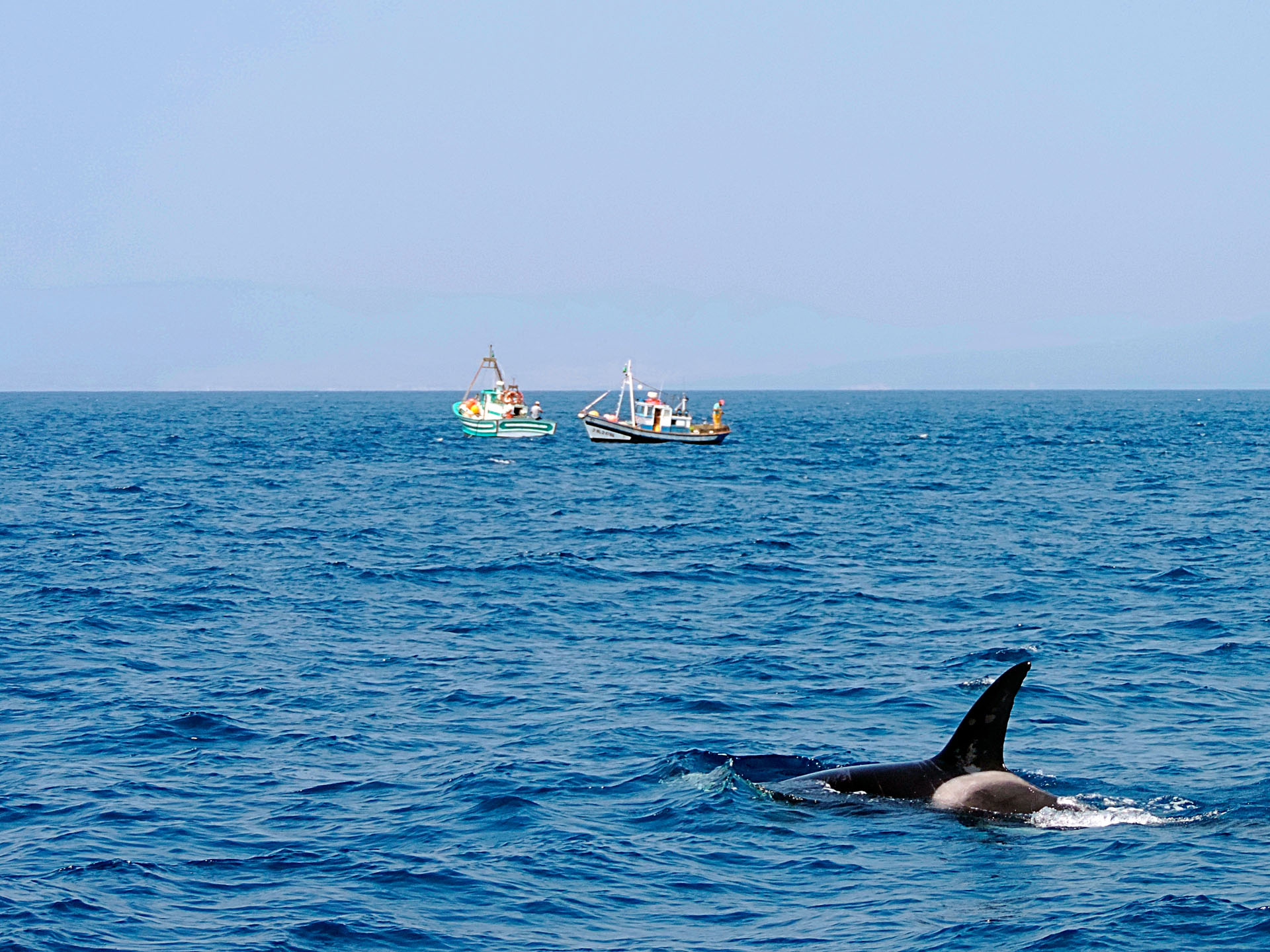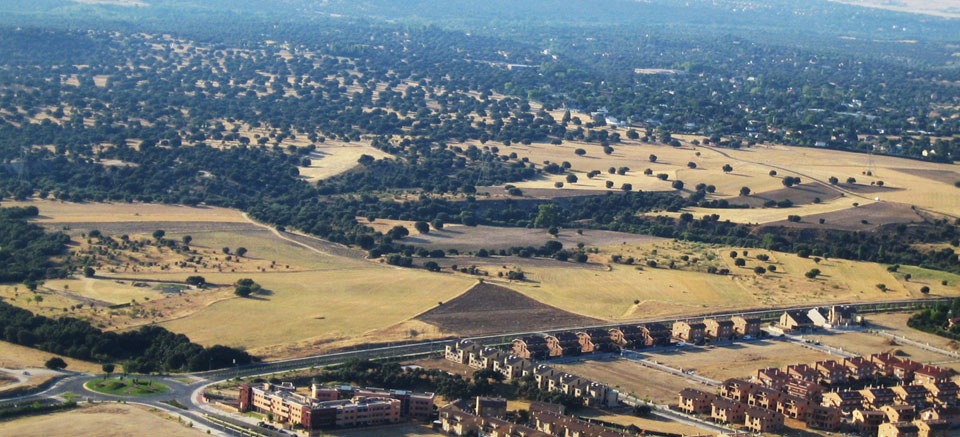European topic centre - university of malaga
Meet our team members

David Rodríguez
Senior researcher
davidrr@uma.es
+34 951 953 102
David Rodríguez-Rodríguez holds a European-mention PhD in Conservation Biology, an MSc in Ecological Restoration, two BScs: in Biology and in Environmental Sciences, and one University Specialist Degree in GIS and Remote Sensing.
He is author of 37 indexed articles, 6 books and 4 book chapters on territorial sustainability and biodiversity conservation.
Currently, he works as a Senior Researcher on Biodiversity Conservation and Management at the European Topic Centre, University of Malaga. His work and research interests include: protected area effectiveness evaluation; sustainability assessments at different ecological and spatial scales; environmental and socioeconomic indicator development; impacts of environmental policies and regulations; territorial planning; environmental sociology; and ecological restoration.
RESOURCES
Journal Articles
Zhang, Yin; West, Paige; Thakholi, Lerato; Suryawanshi, Kulbhushansingh; Supuma, Miriam; Straub, Dakota; Sithole, Samantha S.; Sharma, Roshan; Schleicher, Judith; Ruli, Ben; Rodríguez-Rodríguez, D.; Rasmussen, Mattias Borg; Ramenzoni, Victoria C.; Qin, Siyu; Pugley, Deborah Delgado; Palfrey, Rachel; Oldekop, Johan; Nuesiri, Emmanuel O.; Nguyen, Van Hai Thi; Ndam, Nouhou; Mungai, Catherine; Milne, Sarah; Mabele, Mathew Bukhi; Lucitante, Sadie; Lucitante, Hugo; Liljeblad, Jonathan; Kiwango, Wilhelm Andrew; Kik, Alfred; Jones, Nikoleta; Johnson, Melissa; Jarrett, Christopher; James, Rachel Sapery; Holmes, George; Gibson, Lydia N.; Ghoddousi, Arash; Geldmann, Jonas; Gebara, Maria Fernanda; Edwards, Thera; Dressler, Wolfram H.; Douglas, Leo R.; Dimitrakopoulos, Panayiotis G.; Davidov, Veronica; Compaoré-Sawadogo, Eveline M. F. W.; Collins, Yolanda Ariadne; Cepek, Michael; Burow, Paul Berne; Brockington, Dan; Balinga, Michael Philippe Bessike; Austin, Beau J.; Astuti, Rini; Ampumuza, Christine; Agyei, Frank Kwaku
Governance and Conservation Effectiveness in Protected Areas and Indigenous and Locally Managed Areas Journal Article
In: Annual Review of Environment and Resources, vol. 48, no. 1, pp. 559-588, 2023.
Abstract | Links | BibTeX | Tags: Biodiversity, Conservation and management, Environmental conservation, Marine protected areas, Protected areas
@article{doi:10.1146/annurev-environ-112321-081348,
title = {Governance and Conservation Effectiveness in Protected Areas and Indigenous and Locally Managed Areas},
author = {Yin Zhang and Paige West and Lerato Thakholi and Kulbhushansingh Suryawanshi and Miriam Supuma and Dakota Straub and Samantha S. Sithole and Roshan Sharma and Judith Schleicher and Ben Ruli and D. Rodríguez-Rodríguez and Mattias Borg Rasmussen and Victoria C. Ramenzoni and Siyu Qin and Deborah Delgado Pugley and Rachel Palfrey and Johan Oldekop and Emmanuel O. Nuesiri and Van Hai Thi Nguyen and Nouhou Ndam and Catherine Mungai and Sarah Milne and Mathew Bukhi Mabele and Sadie Lucitante and Hugo Lucitante and Jonathan Liljeblad and Wilhelm Andrew Kiwango and Alfred Kik and Nikoleta Jones and Melissa Johnson and Christopher Jarrett and Rachel Sapery James and George Holmes and Lydia N. Gibson and Arash Ghoddousi and Jonas Geldmann and Maria Fernanda Gebara and Thera Edwards and Wolfram H. Dressler and Leo R. Douglas and Panayiotis G. Dimitrakopoulos and Veronica Davidov and Eveline M. F. W. Compaoré-Sawadogo and Yolanda Ariadne Collins and Michael Cepek and Paul Berne Burow and Dan Brockington and Michael Philippe Bessike Balinga and Beau J. Austin and Rini Astuti and Christine Ampumuza and Frank Kwaku Agyei},
url = {https://doi.org/10.1146/annurev-environ-112321-081348},
doi = {10.1146/annurev-environ-112321-081348},
year = {2023},
date = {2023-01-01},
urldate = {2023-01-01},
journal = {Annual Review of Environment and Resources},
volume = {48},
number = {1},
pages = {559-588},
abstract = {Increased conservation action to protect more habitat and species is fueling a vigorous debate about the relative effectiveness of different sorts of protected areas. Here we review the literature that compares the effectiveness of protected areas managed by states and areas managed by Indigenous peoples and/or local communities. We argue that these can be hard comparisons to make. Robust comparative case studies are rare, and the epistemic communities producing them are fractured by language, discipline, and geography. Furthermore the distinction between these different forms of protection on the ground can be blurred. We also have to be careful about the value of this sort of comparison as the consequences of different forms of conservation for people and nonhuman nature are messy and diverse. Measures of effectiveness, moreover, focus on specific dimensions of conservation performance, which can omit other important dimensions. With these caveats, we report on findings observed by multiple study groups focusing on different regions and issues whose reports have been compiled into this article. There is a tendency in the data for community-based or co-managed governance arrangements to produce beneficial outcomes for people and nature. These arrangements are often accompanied by struggles between rural groups and powerful states. Findings are highly context specific and global generalizations have limited value.},
keywords = {Biodiversity, Conservation and management, Environmental conservation, Marine protected areas, Protected areas},
pubstate = {published},
tppubtype = {article}
}
Rodríguez-Rodríguez, D.; Sánchez-Espinosa, A.; Abdul-Malak, D.
Potential contribution of OECMs to international area-based conservation targets in a biodiversity rich country, Spain Journal Article
In: Journal for Nature Conservation, vol. 62, 2021.
Abstract | Links | BibTeX | Tags: Biodiversity, Conservation and management, Ecosystem, Environmental conservation, Marine protected areas, Protected areas
@article{Rodríguez-Rodríguez2021b,
title = {Potential contribution of OECMs to international area-based conservation targets in a biodiversity rich country, Spain},
author = {D. Rodríguez-Rodríguez and A. Sánchez-Espinosa and D. Abdul-Malak},
url = {https://doi.org/10.1016/j.jnc.2021.126019},
doi = {10.1016/j.jnc.2021.126019},
year = {2021},
date = {2021-05-15},
journal = {Journal for Nature Conservation},
volume = {62},
abstract = {Other effective area-based conservation measures (OECMs) are new conservation tools intended to complement protected areas (PAs) at achieving effective biodiversity conservation and meeting international area-based targets. However, OECMs have been rarely considered in practical terms until recently. Here, we performed a rapid evaluation on the degree of fulfilment of current area-based international biodiversity targets, post-2020 foreseeable oncoming targets, and ecological targets by considering: 1) Protection coverage; 2) Inclusiveness of important areas for biodiversity; 3) Protection management; 4) Connectivity; and 5) Habitat representation, on land and at sea in Spain, a Euro-Mediterranean, biodiversity rich country. We conducted the evaluation under two scenarios: 1) Scenario 1 considers designated PAs; and 2) Scenario 2, that also includes potential OECMs. In order to generate Scenario 2, thirteen legal categories were assessed against international guidance on OECMs as a first step to screen their likelihood of providing OECMs in Spain. Our findings show that some potentially satisfactory OECM categories such as Public Utility Forests, River Reserves or Geoparks meet the OECM criteria to a large degree and deserve further study. Our results also highlight that Spain is currently well above most foreseeable post-2020 biodiversity targets and even close to some ecological targets using just PAs, except for marine protected area (MPA) management and MPA offshore coverage. Adding OECMs would noticeably improve the country’s figures yet without reaching many exigent ecological targets. OECMs can become a useful, cost-effective biodiversity conservation tool that contributes to international targets under new, more ambitious area-based conservation requirements in Spain and elsewhere. Nevertheless, for this to happen, suitable biodiversity management and monitoring schemes must be ensured.},
keywords = {Biodiversity, Conservation and management, Ecosystem, Environmental conservation, Marine protected areas, Protected areas},
pubstate = {published},
tppubtype = {article}
}
Rodríguez-Rodríguez, D.; Larrubia, R.; Sinoga, J. D.
Are protected areas good for the human species? Effects of protected areas on rural depopulation in Spain Journal Article
In: Science of The Total Environment, vol. 763, 2021.
Abstract | Links | BibTeX | Tags: Conservation and management, Ecosystem services, Environmental conservation, Marine protected areas, Protected areas
@article{Rodríguez-Rodríguez2021,
title = {Are protected areas good for the human species? Effects of protected areas on rural depopulation in Spain},
author = {D. Rodríguez-Rodríguez and R. Larrubia and J.D. Sinoga},
url = {https://www.sciencedirect.com/science/article/abs/pii/S0048969720379304#!},
doi = {https://doi.org/10.1016/j.scitotenv.2020.144399},
year = {2021},
date = {2021-04-21},
journal = {Science of The Total Environment},
volume = {763},
abstract = {Protected areas (PAs) seek to conserve valuable genes, species and ecosystems by applying a legal regime that restricts some socioeconomic activities and also offers opportunities for new ones. As a result, PAs have been claimed by some authors to boost socioeconomic conditions in rural areas mainly through tourism activities. However, others have claimed that PAs contribute to rural depopulation through the worsening of living conditions of local residents because of restrictions resulting from protection regulations. Here, we applied a multiple-paired Before-After-Control-Impact (BACI) research design on a census on protected rural municipalities (cases; N = 52) versus unprotected rural municipalities (controls; N = 55) in Spain to ascertain whether PAs had positive or negative effects on rural populations using three indicators on depopulation with official municipal data from 1996 until 2019: Compound annual growth rate (CAGR); Proportion of reproductive individuals (REP); and Proportion of reproductive females (WREP). We controlled for some confounders such as biophysical characteristics and regional regulations by carefully selecting our sample of municipalities spatially. Our results show that depopulation figures were worse in cases than in controls, with some exceptions whose characteristics should be further explored. Municipalities in Sites of Community Importance (SCIs) performed best against rural depopulation and generally better than their controls, whereas municipalities in Biosphere Reserves and Special Protection Areas (SPAs) showed mostly worse figures. Our findings suggest that, while necessary and important for biodiversity, multiple-use PAs generally entailed negative consequences for Spanish rural populations that need to be offset by State's intervention.},
keywords = {Conservation and management, Ecosystem services, Environmental conservation, Marine protected areas, Protected areas},
pubstate = {published},
tppubtype = {article}
}
Merkohasanaj, M.; Rodríguez-Rodríguez, D.; García-Martínez, M. C.; Vargas-Yáñez, M.; Abdul-Malak, D.
Assessing the environmental effectiveness of the Spanish Marine Reserve Network using remote sensing Journal Article
In: Ecological Indicators, vol. 107, 2019.
Abstract | Links | BibTeX | Tags: Conservation and management, Marine protected areas, Protected areas, SOSTPARK
@article{Merkohasanaj2019,
title = {Assessing the environmental effectiveness of the Spanish Marine Reserve Network using remote sensing},
author = {M. Merkohasanaj and D. Rodríguez-Rodríguez and M.C. García-Martínez and M. Vargas-Yáñez and D. Abdul-Malak},
url = {https://www.sciencedirect.com/science/article/pii/S1470160X19305758},
doi = {10.1016/j.ecolind.2019.105583},
year = {2019},
date = {2019-12-01},
journal = {Ecological Indicators},
volume = {107},
abstract = {Healthy marine ecosystems provide a variety of ecosystem services crucial for human wellbeing. Effectively managed Marine Protected Areas (MPAs) are increasingly recognized to be an effective measure to protect endangered species and ensuring healthier ecosystems. This study assesses the environmental effectiveness of the Spanish Marine Reserve Network (MRN) with regard to: 1) water quality: chlorophyll-a concentrations (Chl-a), sea surface temperature (SST), and Salinity; and 2) protected species conservation: coverage and density of Posidonia oceanica (P. oceanica), using a Multiple-Paired-Before-After-Control-Impact (MPBACI) research design. Water quality and protected species indicators were compared before and after Marine Reserve (MR) designation, inside MRs and in different outer control areas of 1 km, 5 km, 10 km and equal-area buffers, for the whole MRN (Marine Reserve Network), by marine ecoregions and for some specific MRs. We used Copernicus Marine Monitoring Remote Sensing data to ascertain water quality values and validated their accuracy compared to in-situ data as well as the reliability of Chl-a concentration derived from Sentinel 2 (S2) images. Water quality results reveal significant differences in mean Chl-a and Chl-a range, mean Salinity and SST range between cases (inside MRs) and 5 km-buffer control areas for the entire MRN. Analyses by ecoregion showed no significant differences in water quality between cases and controls in the Western Mediterranean ecoregion or in the Azores, Canaries and Madeira ecoregion, whereas the Alboran Sea ecoregion MRs had higher mean Chl-a concentration and lower mean Salinity, mean SST and SST range than all controls. Results on P. oceanica beds showed a significant increase in P. oceanica density (almost twice) inside Tabarca MR (TBA) compared to outer control cases, but no significant changes in P. oceanica coverage. Validation of Remote Sensing (RS) data using in-situ measurements demonstrated significant differences for Chl-a concentration and no significant differences for SST and Salinity between both techniques. Chl-a concentration by S2 reveals statistically significant differences with in-situ data. Our findings suggest environmental effectiveness of the Spanish MRs and still limited sensitivity of open source medium resolution RS tools to assess MPA effectiveness.},
keywords = {Conservation and management, Marine protected areas, Protected areas, SOSTPARK},
pubstate = {published},
tppubtype = {article}
}
Rodríguez-Rodríguez, D.; Merkohasanaj, M.; López, I.
Social and economic sustainability of multiple-use marine protected areas in Spain: A mixed methods, multi-scale study Journal Article
In: Ocean & Coastal Management, vol. 171, pp. 47-55, 2019.
Abstract | Links | BibTeX | Tags: Conservation and management, Marine protected areas, Protected areas, SOSTPARK
@article{Rodríguez-Rodríguez2019,
title = {Social and economic sustainability of multiple-use marine protected areas in Spain: A mixed methods, multi-scale study},
author = {D. Rodríguez-Rodríguez and M. Merkohasanaj and I. López},
url = {https://www.sciencedirect.com/science/article/pii/S0964569118307397},
doi = {10.1016/j.ocecoaman.2019.01.013},
year = {2019},
date = {2019-04-01},
journal = {Ocean & Coastal Management},
volume = {171},
pages = {47-55},
abstract = {Social perception is key to the success of biodiversity conservation policies. A range of socioeconomic guilds can be affected by marine conservation. Among them, fishers are the ones most likely affected and affecting marine protected areas (MPAs). Here, we assessed the perceptions on the sustainability of a type of multiple-use MPA, Fishing Reserves (FRs), by a broad spectrum of national (n = 16) and local (n = 14) stakeholder organisations pertaining to six socioeconomic sectors via two online surveys in Spain. We compared organisational perception by stakeholder organisations, and specifically by the fishing guild, with official fishing statistics for six FRs between 1998 and 2016 using a Before-After-Impact (BAI) research design. Spanish FRs were regarded as sustainable marine management tools by most marine and coastal stakeholders, with environmental effects perceived to be more positive than social and economic ones, respectively. However, primary sector organisations stated null or negative effect of FR designation on their activities, although official statistics showed a moderate to large increase in a number of professional fishing-related variables, including number of boats and crews, after designation of most FRs. Spatial scale did not affect stakeholder perception of local socioeconomic effects of FRs, although some relevant local socioeconomic variables that were thought to vary most after FR designation differed across scales. Some suggested managerial improvements for increased socioeconomic sustainability of Spanish FRs by the professional fishing guild included: greater stakeholder engagement in FR designation and operation, more flexible fishing regulations and stricter control of recreational fishing.},
keywords = {Conservation and management, Marine protected areas, Protected areas, SOSTPARK},
pubstate = {published},
tppubtype = {article}
}
Rodríguez-Rodríguez, D.
Rapid assessment of protection and ecological effectiveness of the Spanish Fishing Reserve Network Journal Article
In: Marine Policy, vol. 90, pp. 29-36, 2018.
Abstract | Links | BibTeX | Tags: Conservation and management, Environmental conservation, Marine protected areas, Mediterranean sea, SOSTPARK
@article{Rodríguez-Rodríguez2018f,
title = {Rapid assessment of protection and ecological effectiveness of the Spanish Fishing Reserve Network},
author = {D. Rodríguez-Rodríguez},
url = {https://doi.org/10.1016/j.marpol.2018.01.009},
doi = {10.1016/j.marpol.2018.01.009},
year = {2018},
date = {2018-02-13},
journal = {Marine Policy},
volume = {90},
pages = {29-36},
abstract = {Fishing Reserves (FRs) are primarily designated for the enhancement of local fisheries and, secondarily, for biodiversity conservation. In Spain, FRs are considered marine protected areas (MPAs) and included in the country's MPA network. MPAs’ ecological effectiveness is linked to a number of legal, managerial and bio-physical factors. With the amount of MPA area rapidly rising and conservation funds largely stagnant or decreasing, rapid, cost-effective MPA assessment techniques are becoming increasingly useful to verify fulfillment of global conservation targets and ascertain potential conservation effectiveness. Here, a rapid MPA protection assessment framework and one MPA ecological effectiveness framework were applied to the Spanish Network of 10 FRs (FRN): the MaPAF and NEOLI frameworks. The FRN was moderately legally protected, with over 50.5% of its area having three or more overlapping legal designations, but only 3.8% of the FRN's area being no-take. All FRs had management plans and active surveillance. According to MaPAF, Columbretes FR was the most highly legally protected whereas Cabo de Palos was the FR with the greatest managerial effort. Both rank highest in protection. In contrast, Masía Blanca FR and Alborán FR were the least legally protected whereas Alborán FR and Graciosa FR were the least managerially protected FRs of the FRN and rank the lowest in protection, respectively. According to the NEOLI framework, Columbretes would also be the most effective FR whereas Masía Blanca FR would be the least ecologically effective. These results can help to spur and better allocate conservation efforts across the fastly growing Spanish MPA network.},
keywords = {Conservation and management, Environmental conservation, Marine protected areas, Mediterranean sea, SOSTPARK},
pubstate = {published},
tppubtype = {article}
}
Rodríguez-Rodríguez, D.; Rodríguez, J.; Blanco, J María; Abdul-Malak, D.
Marine protected area design patterns in the Mediterranean Sea: Implications for conservation Journal Article
In: Marine Pollution Bulletin , vol. 110, no. 1, 2016.
Abstract | Links | BibTeX | Tags: Conservation and management, Marine protected areas, Mediterranean sea, Protected areas
@article{Rodríguez-Rodríguez2016,
title = {Marine protected area design patterns in the Mediterranean Sea: Implications for conservation},
author = {D. Rodríguez-Rodríguez and J. Rodríguez and J María Blanco and D. Abdul-Malak},
url = {https://www.researchgate.net/publication/304896823_Marine_protected_area_design_patterns_in_the_Mediterranean_Sea_Implications_for_conservation},
doi = {10.1016/j.marpolbul.2016.06.044},
year = {2016},
date = {2016-10-01},
journal = {Marine Pollution Bulletin },
volume = {110},
number = {1},
abstract = {Mediterranean marine protected area (MPA) design patterns regarding geographic distribution, size, spacing and shape were analysed as a proxy of the region's MPA's ecological effectiveness and a first step towards an ecologically coherent MPA network. Results for legally designated MPAs and ecologically functional MPAs accounting for overlaps are presented. Geographically, Mediterranean MPA area is very unevenly distributed, with four-fifths concentrated in just three countries of the north-western part of the basin. Average distance between functional MPAs lies within recommended ecological thresholds, which suggests adequate potential connectivity of the Mediterranean MPA system. Mediterranean designated MPAs are larger than MPAs worldwide on average, although they are generally smaller than international guidance suggests at different levels: ecoregion, country and designation category. On average, Mediterranean designated and functional MPAs have relatively high compactness, which makes them prone to spillover and adequate viability, and less vulnerable to edge effects.},
keywords = {Conservation and management, Marine protected areas, Mediterranean sea, Protected areas},
pubstate = {published},
tppubtype = {article}
}
Rodriguez-Rodriguez, D.; J. Rodriguez,; Abdul-Malak, D.
In: Journal of Environmental Management, vol. 167, pp. 29-37, 2016.
Abstract | Links | BibTeX | Tags: Conservation and management, Marine protected areas, Mediterranean sea, Protected areas
@article{Rodriguez-Rodriguez2016b,
title = {Development and testing of a new framework for rapidly assessing legal and managerial protection afforded by marine protected areas: Mediterranean Sea case study},
author = {D. Rodriguez-Rodriguez and J. Rodriguez, and D. Abdul-Malak},
url = {https://www.researchgate.net/publication/284358773_Development_and_testing_of_a_new_framework_for_rapidly_assessing_legal_and_managerial_protection_afforded_by_marine_protected_areas_Mediterranean_Sea_case_study},
doi = {10.1016/j.jenvman.2015.11.016},
year = {2016},
date = {2016-02-01},
journal = {Journal of Environmental Management},
volume = {167},
pages = {29-37},
abstract = {The Convention on Biological Diversity (CBD) states the need to effectively conserve at least 10% of coastal and marine areas of particular importance for biodiversity by 2020. Here, a new indicator-based methodological framework to assess biodiversity protection afforded by marine protected areas' (MPA) was developed as a quick surrogate for MPAs' potential conservation effectiveness: the Marine Protected Area Protection Assessment Framework (MaPAF). The MaPAF consists of a limited number of headline indicators that are integrated in two indexes: Legal protection and Management effort, which eventually integrate in the overall MPA Protection super-index. The MaPAF was then tested in the Mediterranean MPA network as a case study. Spatial analyses were performed at three meaningful scales: the whole Mediterranean Sea, Mediterranean ecoregions and countries. The results of this study suggest that: 1) The MaPAF can serve as a useful tool for consistent, adaptive, quick and cost-effective MPA effectiveness assessments of MPAs and MPA networks in virtually any marine region, as the headline indicators used are commonly compiled and easy to retrieve; 2) The MaPAF proved usable and potentially relevant in the Mediterranean Sea where most indicators in the framework can be publicly accessed through the MAPAMED database and are planned to be regularly updated; 3) Protection afforded by MPAs is low across the whole Mediterranean, with only few MPAs having relatively high legal and managerial protection; and 4) Most Mediterranean countries need to devote substantially more work to improve MPA effectiveness mainly through increased management effort. },
keywords = {Conservation and management, Marine protected areas, Mediterranean sea, Protected areas},
pubstate = {published},
tppubtype = {article}
}
Rodríguez-Rodríguez, D.; Rodríguez, J.; Abdul-Malak, D.
In: Journal of Environmental Management, vol. 167, pp. 29-37, 2016.
Abstract | Links | BibTeX | Tags: Conservation and management, Marine protected areas, Mediterranean sea, Protected areas
@article{Rodríguez-Rodríguez2016e,
title = {Development and testing of a new framework for rapidly assessing legal and managerial protection afforded by marine protected areas: Mediterranean Sea case study},
author = {D. Rodríguez-Rodríguez and J. Rodríguez and D. Abdul-Malak},
url = {https://www.sciencedirect.com/science/article/pii/S0301479715303704},
doi = {https://doi.org/10.1016/j.jenvman.2015.11.016},
year = {2016},
date = {2016-02-01},
journal = {Journal of Environmental Management},
volume = {167},
pages = {29-37},
abstract = {The Convention on Biological Diversity (CBD) states the need to effectively conserve at least 10% of coastal and marine areas of particular importance for biodiversity by 2020. Here, a new indicator-based methodological framework to assess biodiversity protection afforded by marine protected areas' (MPA) was developed as a quick surrogate for MPAs' potential conservation effectiveness: the Marine Protected Area Protection Assessment Framework (MaPAF). The MaPAF consists of a limited number of headline indicators that are integrated in two indexes: Legal protection and Management effort, which eventually integrate in the overall MPA Protection super-index. The MaPAF was then tested in the Mediterranean MPA network as a case study. Spatial analyses were performed at three meaningful scales: the whole Mediterranean Sea, Mediterranean ecoregions and countries. The results of this study suggest that: 1) The MaPAF can serve as a useful tool for consistent, adaptive, quick and cost-effective MPA effectiveness assessments of MPAs and MPA networks in virtually any marine region, as the headline indicators used are commonly compiled and easy to retrieve; 2) The MaPAF proved usable and potentially relevant in the Mediterranean Sea where most indicators in the framework can be publicly accessed through the MAPAMED database and are planned to be regularly updated; 3) Protection afforded by MPAs is low across the whole Mediterranean, with only few MPAs having relatively high legal and managerial protection; and 4) Most Mediterranean countries need to devote substantially more work to improve MPA effectiveness mainly through increased management effort.},
keywords = {Conservation and management, Marine protected areas, Mediterranean sea, Protected areas},
pubstate = {published},
tppubtype = {article}
}
Rodríguez-Rodríguez, D.; Rodríguez, J.; Abdul-Malak, D.; Nastasi, A.; Hernández, P.
In: Marine Policy, vol. 64, pp. 24-30, 2016.
Abstract | Links | BibTeX | Tags: Conservation and management, Marine protected areas, Mediterranean sea, Protected areas
@article{Rodríguez-Rodrígueza2016,
title = {Marine protected areas and fisheries restricted areas in the Mediterranean: assessing “actual” marine biodiversity protection coverage at multiple scales},
author = {D. Rodríguez-Rodríguez and J. Rodríguez and D. Abdul-Malak and A. Nastasi and P. Hernández},
url = {https://www.sciencedirect.com/science/article/pii/S0308597X15003255},
doi = {https://doi.org/10.1016/j.marpol.2015.11.006},
year = {2016},
date = {2016-02-01},
journal = {Marine Policy},
volume = {64},
pages = {24-30},
abstract = {This study uses a tiered approach to assessing progress towards achieving the Convention on Biological Diversity (CBD) target to increase marine protected area (MPA) coverage to 10% at different scales: the whole Mediterranean Sea, by ecoregions and by countries. It additively considers marine protection coverage by conventional MPAs (cMPAs; tier 1); unconventional MPAs (uMPAs, including international Fisheries Restricted Areas – iFRAs-; tier 2); and Other Effective Area-Based Conservation Measures (OEABCMs, including national FRAs–nFRAs; tier 3). It also discusses the appropriateness of considering tiers 2 and 3 as legal and managerial tools for sustainable marine development in national reporting against international protection coverage targets. At the Mediterranean Sea scale, by mid-2015 there were 1077 cMPAs which covered 6.45% of its area. At the ecoregional scale, only the Western Mediterranean ecoregion exceeds the 10% coverage target. At national scale, four countries (Monaco, France, Spain and Turkey) currently exceed the 10% target for their entire hypothetical Exclusive Economic Zones (EEZs). The cMPA designations that contribute most to Mediterranean MPA coverage are Specially Protected Areas of Mediterranean Importance (SPAMIs), the Pelagos Sanctuary, Natura 2000 sites and national designations, respectively. When considering uMPAs, the amount of marine area under protection in the Mediterranean reaches 1,632,507 km2 or roughly 64.48% of the Mediterranean Sea area; all the ecoregions more than double the CBD coverage target; all countries but Malta meet the target in their inshore waters; and all countries meet the target in their whole hypothetical EEZs. Finally, nFRAs contributed 565 km2 of additional protected area and made the percentage of legally protected marine area reach 64.50% of the total Mediterranean Sea area.},
keywords = {Conservation and management, Marine protected areas, Mediterranean sea, Protected areas},
pubstate = {published},
tppubtype = {article}
}
Rodríguez-Rodríguez, D.; Rodríguez, J.; Abdul-Malak, D.; Hernandez, P.
In: Marine Policy, vol. 64, pp. 24-30, 2016.
Abstract | Links | BibTeX | Tags: Conservation and management, Marine protected areas, Mediterranean sea, Protected areas
@article{Rodríguez-Rodríguez2016c,
title = {Marine protected areas and fisheries restricted areas in the Mediterranean: Assessing "actual" marine biodiversity protection coverage at multiple scales},
author = {D. Rodríguez-Rodríguez and J. Rodríguez and D. Abdul-Malak and P. Hernandez},
url = {https://www.researchgate.net/publication/304896848_Marine_protected_areas_and_fisheries_restricted_areas_in_the_Mediterranean_Assessing_actual_marine_biodiversity_protection_coverage_at_multiple_scales},
doi = {10.1016/j.marpol.2015.11.006},
year = {2016},
date = {2016-02-01},
journal = {Marine Policy},
volume = {64},
pages = {24-30},
abstract = {This study uses a tiered approach to assessing progress towards achieving the Convention on Biological Diversity (CBD) target to increase marine protected area (MPA) coverage to 10% at different scales: the whole Mediterranean Sea, by ecoregions and by countries. It additively considers marine protection coverage by conventional MPAs (cMPAs; tier 1); unconventional MPAs (uMPAs, including international Fisheries Restricted Areas –iFRAs-; tier 2); and Other Effective Area-Based Conservation Measures (OEABCMs, including national FRAs -nFRAs; tier 3). It also discusses the appropriateness of considering tiers 2 & 3 as legal and managerial tools for sustainable marine development in national reporting against international protection coverage targets. At the Mediterranean Sea scale, by mid-2015 there were 1,077 cMPAs which covered 6.45% of its area. At the ecoregional scale, only the Western Mediterranean ecoregion exceeds the 10% coverage target. At national scale, four countries (Monaco, France, Spain and Turkey) currently exceed the 10% target for their entire hypothetical Exclusive Economic Zones (EEZs). The cMPA designations that contribute most to Mediterranean MPA coverage are Specially Protected Areas of Mediterranean Importance (SPAMIs), the Pelagos Sanctuary, Natura 2000 sites and national designations, respectively. When considering uMPAs, the amount of marine area under protection in the Mediterranean reaches 1,632,507 km2 or roughly 64.48% of the Mediterranean Sea area; all the ecoregions more than double the CBD coverage target; all countries but Malta meet the target in their inshore waters; and all countries meet the target in their whole hypothetical EEZs. Finally, nFRAs contributed 565 km2 of additional protected area and made the percentage of legally protected marine area reach 64.50% of the total Mediterranean Sea area.},
keywords = {Conservation and management, Marine protected areas, Mediterranean sea, Protected areas},
pubstate = {published},
tppubtype = {article}
}
Rodríguez-Rodríguez, D.; Sánchez-Espinosa, A.; Schröder, C.; Abdul-Malak, D.; Rodríguez, J.
Cumulative pressures and low protection: a concerning blend for Mediterranean MPAs Journal Article
In: Marine Pollution Bulletin, vol. 101, pp. 288-295, 2015.
Abstract | Links | BibTeX | Tags: Climate Change, Marine protected areas, Mediterranean sea, Pressures
@article{Rodríguez-Rodrígueza2015,
title = {Cumulative pressures and low protection: a concerning blend for Mediterranean MPAs},
author = {D. Rodríguez-Rodríguez and A. Sánchez-Espinosa and C. Schröder and D. Abdul-Malak and J. Rodríguez},
url = {https://www.sciencedirect.com/science/article/pii/S0025326X15300540},
doi = {https://doi.org/10.1016/j.marpolbul.2015.09.039},
year = {2015},
date = {2015-12-01},
journal = {Marine Pollution Bulletin},
volume = {101},
pages = {288-295},
abstract = {This study classifies Mediterranean marine protected areas (MPAs) according to the combined result of pressure level and protection. Six major marine environment pressures were considered: pressures from fish farms, fishing, marine litter, pressures from marinas, pollution from maritime transport, and climate change. MPA protection was assessed through legal protection and management effort. Most MPA area in the Mediterranean is under relatively high pressure level and afforded low protection. Inshore areas show higher pressure levels. Five marine ecoregions, nine countries and nineteen MPA designation categories have over 50% of their MPA area under major concern. The mean number of cumulative pressures occurring in priority MPAs ranges between three and four, although the mean combined intensity of those pressures is low. However, these figures are most likely underestimated, especially for the southern Mediterranean. The most concerning pressures to MPAs regarding extent and intensity were: climate change, fishing and pollution from maritime transport.},
keywords = {Climate Change, Marine protected areas, Mediterranean sea, Pressures},
pubstate = {published},
tppubtype = {article}
}
Technical Reports
Fortuna, C.; Sánchez-Espinosa, A.; Rodríguez-Rodríguez, D.; Abdul-Malak, D.; Podestà, M.; Panigada, S.
2022.
Abstract | Links | BibTeX | Tags: Biodiversity, Conservation and management, Environmental conservation, Marine protected areas, Maritime transport, Mediterranean sea
@techreport{Fortuna2022,
title = {Pathways to coexistence between large cetaceans and maritime transport in the north-western Mediterranean region: Collision risk between ships and whales within the proposed north-western Mediterranean PSSA, including the Pelagos Sanctuary},
author = {C. Fortuna and A. Sánchez-Espinosa and D. Rodríguez-Rodríguez and D. Abdul-Malak and M. Podestà and S. Panigada},
url = {https://panaceaweb.adabyron.uma.es/wp-content/uploads/Pathways-to-coexistence-between-large-cetaceans-and-maritime-transport-in-the-north-western-Mediterranean-region.pdf},
year = {2022},
date = {2022-11-18},
urldate = {2022-11-18},
abstract = {This short report is the result of a collaborative effort among researchers from ISPRA in Italy and ETC-UMA in Spain supported by Mediterranean institutions partnering in the MBPC project. The level of maritime traffic and the intricacy of the network of shipping routes within the Pelagos Sanctuary and the new proposed north western Mediterranean Particularly Sensitive Sea Area (PSSA is an area that needs special protection through action by International Maritime Organization (IMO) because of its significance for recognized ecological or socio-economic or scientific reasons and which may be vulnerable to damage by international maritime activities) has an impact on fin whales, particularly in spring and summer when they can be found in the region to feed. Many of these shipping routes also cross several marine protected areas (MPAs), including large Nature 2000 sites. To assist in the identification of hotspot areas in the Pelagos Sanctuary and adjacent areas concerning key biodiversity and pressures, ETC-UMA produced several spatial data analysis, maps and informative interactive dashboards with Mediterranean-level data, which are now part of this report and other products now available through the MBPC Knowledge platform online, hosted and maintained by ETC-UMA.},
keywords = {Biodiversity, Conservation and management, Environmental conservation, Marine protected areas, Maritime transport, Mediterranean sea},
pubstate = {published},
tppubtype = {techreport}
}
Rodríguez-Rodríguez, D.; Abdul-Malak, D.
An assessment of marine biodiversity protection in the Mediterranean Sea: A threatened global biodiversity hotspot Technical Report
2022.
Abstract | Links | BibTeX | Tags: Biodiversity, Conservation and management, Environmental conservation, Marine protected areas, Mediterranean sea, Protected areas
@techreport{Rodríguez-Rodríguez2022,
title = {An assessment of marine biodiversity protection in the Mediterranean Sea: A threatened global biodiversity hotspot},
author = {D. Rodríguez-Rodríguez and D. Abdul-Malak},
url = {https://panaceaweb.adabyron.uma.es/wp-content/uploads/An_assessment_of_marine_biodiversity_protection_in_the_Mediterranean_Sea.pdf},
year = {2022},
date = {2022-11-01},
urldate = {2022-11-01},
abstract = {The Mediterranean Sea is a World’s biodiversity hotspot. It harbours around 11% of all marine species in less than 1% of the global marine area (Bianchi & Morri, 2000). Furthermore, around 20% of those species are endemic (Coll et al., 2010). Nevertheless, Mediterranean marine biodiversity is under threat by a number of pressures including overfishing, pollution, introduction of alien invasive species, coastaldevelopment and rising water temperature and acidity.
Efforts to conserve the Mediterranean environment have been going on for years, notably since the adoption of the Barcelona Convention against marine pollution in 1976 and its expanded version to cover the protection of the broader marine and coastal environment in 1995. Moreover, the entry into force of the Convention on Biological Diversity and the related Habitats Directive in the European Union in 1992 additionally supported conservation actions in the region, especially in the European Union side of the Mediterranean.
As a result of those efforts, an increasing number of marine protected areas (MPAs) have been designated across the Mediterranean Sea
representing over 9.5% of the Mediterranean Sea, but mainly in the North-Western Mediterranean (Gomei et al., 2019). When addressing managerial effort, this percentage drops dramatically, with 1.27% of the Mediterranean sea being covered by MPAs that effectively implemented their management plans in 2018 (Gomei et al., 2019). New international protection coverage targets are likely to include 30% of marine and coastal areas being effectively protected by networks of MPAs or Other Effective Conservation Measures (OECMs) by 2030 (CBD, 2021). Additional protection targets by the European Union require that 10% of important areas for biodiversity are designated under legally stringent no-take (M)PAs by 2030, which may further broaden the long-lasting North-South marine protection gap in the Mediterranean (Adbulla et al., 2008).},
keywords = {Biodiversity, Conservation and management, Environmental conservation, Marine protected areas, Mediterranean sea, Protected areas},
pubstate = {published},
tppubtype = {techreport}
}
Efforts to conserve the Mediterranean environment have been going on for years, notably since the adoption of the Barcelona Convention against marine pollution in 1976 and its expanded version to cover the protection of the broader marine and coastal environment in 1995. Moreover, the entry into force of the Convention on Biological Diversity and the related Habitats Directive in the European Union in 1992 additionally supported conservation actions in the region, especially in the European Union side of the Mediterranean.
As a result of those efforts, an increasing number of marine protected areas (MPAs) have been designated across the Mediterranean Sea
representing over 9.5% of the Mediterranean Sea, but mainly in the North-Western Mediterranean (Gomei et al., 2019). When addressing managerial effort, this percentage drops dramatically, with 1.27% of the Mediterranean sea being covered by MPAs that effectively implemented their management plans in 2018 (Gomei et al., 2019). New international protection coverage targets are likely to include 30% of marine and coastal areas being effectively protected by networks of MPAs or Other Effective Conservation Measures (OECMs) by 2030 (CBD, 2021). Additional protection targets by the European Union require that 10% of important areas for biodiversity are designated under legally stringent no-take (M)PAs by 2030, which may further broaden the long-lasting North-South marine protection gap in the Mediterranean (Adbulla et al., 2008).
Rodríguez-Rodríguez, D.; Meliane, I.
2020.
Abstract | Links | BibTeX | Tags: Biodiversity, Conservation and management, Environmental conservation, Marine protected areas, Mediterranean sea, Protected areas
@techreport{Rodríguez-Rodríguez2020,
title = {Report on the Regional Workshop on “other Effective Area-Based Conservation measures” in North Africa and Eastern Mediterranean: Identifying, advancing and reporting OECMs. Summary of Conclusions and Recommendations. Tunis, 10th-11th of February 2020.},
author = {D. Rodríguez-Rodríguez and I. Meliane},
url = {https://www.iucn.org/sites/dev/files/content/documents/2020/oecm_workshop_report_semed_2020-.pdf},
year = {2020},
date = {2020-05-01},
abstract = {Report prepared by the European Topic Centre of the University of Malaga on behalf of the IUCN Centre for Mediterranean Cooperation.},
keywords = {Biodiversity, Conservation and management, Environmental conservation, Marine protected areas, Mediterranean sea, Protected areas},
pubstate = {published},
tppubtype = {techreport}
}
Gomei, M.; Abdulla, A.; Schröder, C.; Yadav, S.; Sánchez-Espinosa, A.; Rodríguez-Rodríguez, D.; Abdul-Malak, D.
Towards 2020: how Mediterranean countries are performing to protect their sea Technical Report
2019.
Links | BibTeX | Tags: Biodiversity, Conservation and management, Environmental conservation, Marine protected areas, Mediterranean sea, Pressures, Protected areas
@techreport{Gomei2019,
title = {Towards 2020: how Mediterranean countries are performing to protect their sea},
author = {M. Gomei and A. Abdulla and C. Schröder and S. Yadav and A. Sánchez-Espinosa and D. Rodríguez-Rodríguez and D. Abdul-Malak},
url = {https://d2ouvy59p0dg6k.cloudfront.net/downloads/towards2020_report_nov2019.pdf},
year = {2019},
date = {2019-11-01},
keywords = {Biodiversity, Conservation and management, Environmental conservation, Marine protected areas, Mediterranean sea, Pressures, Protected areas},
pubstate = {published},
tppubtype = {techreport}
}
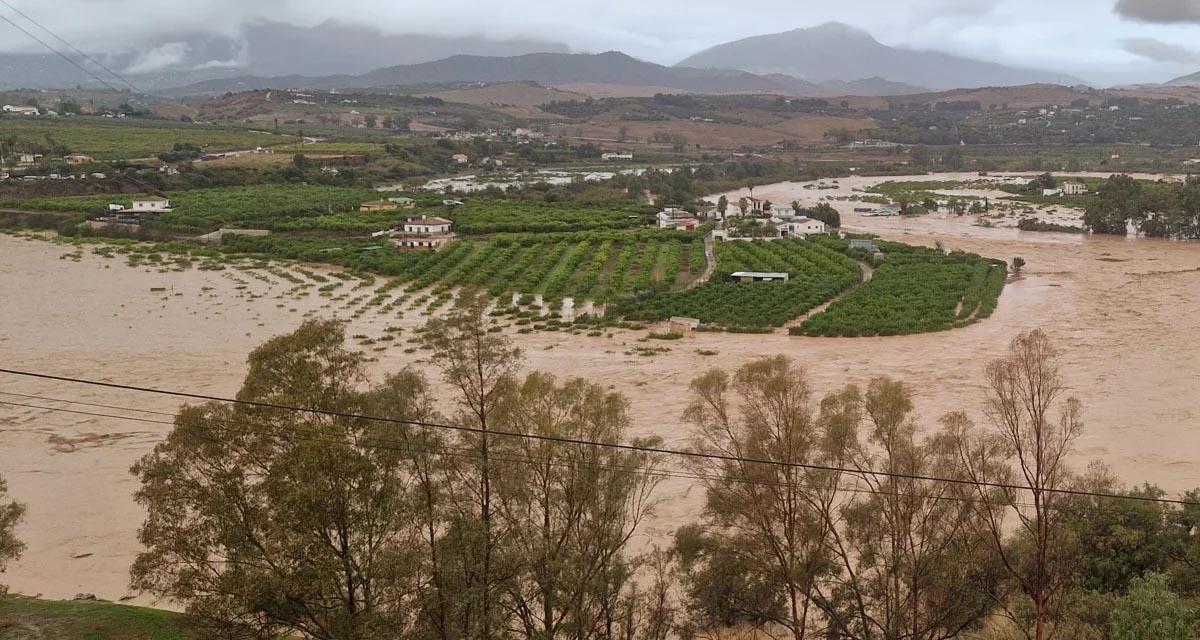
Boosting Climate Resilience: Wetland4Change Project Advances Flood Management Solutions for Mediterranean Coastal Zones
The Mediterranean coastal zone´s combination of multiple severe climate hazards – rising temperatures, water scarcity, sea-level rise, and extreme weather events – makes it a hotspot for highly interconnected climate risks for the ecosystems and societies. Recent catastrophic floods in ...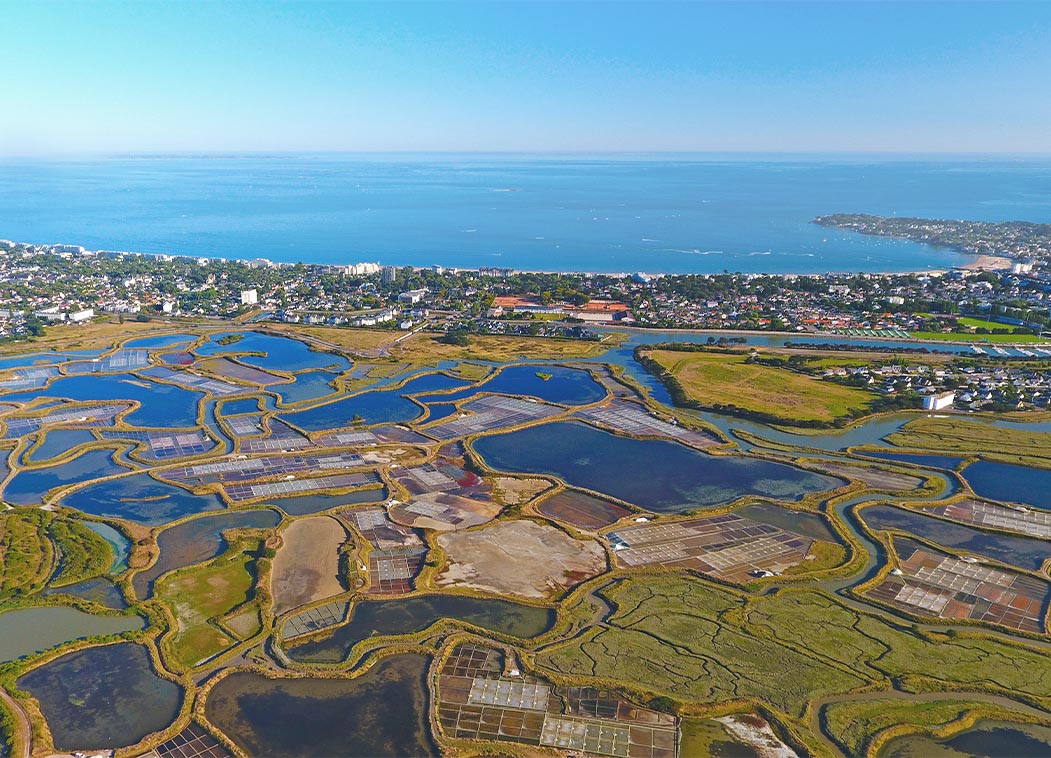
RESTORE4Cs 1st Policy Brief: How can coastal wetlands help achieve EU climate goals?
The first RESTORE4Cs Policy Brief of RESTORE4Cs, “How can coastal wetlands help achieve EU climate goals?“, highlights the importance of European coastal wetlands for reducing Greenhouse Gas emissions. The key messages of the first RESTORE4Cs Policy Brief include: Coastal wetlands are important natural carbon stores, ...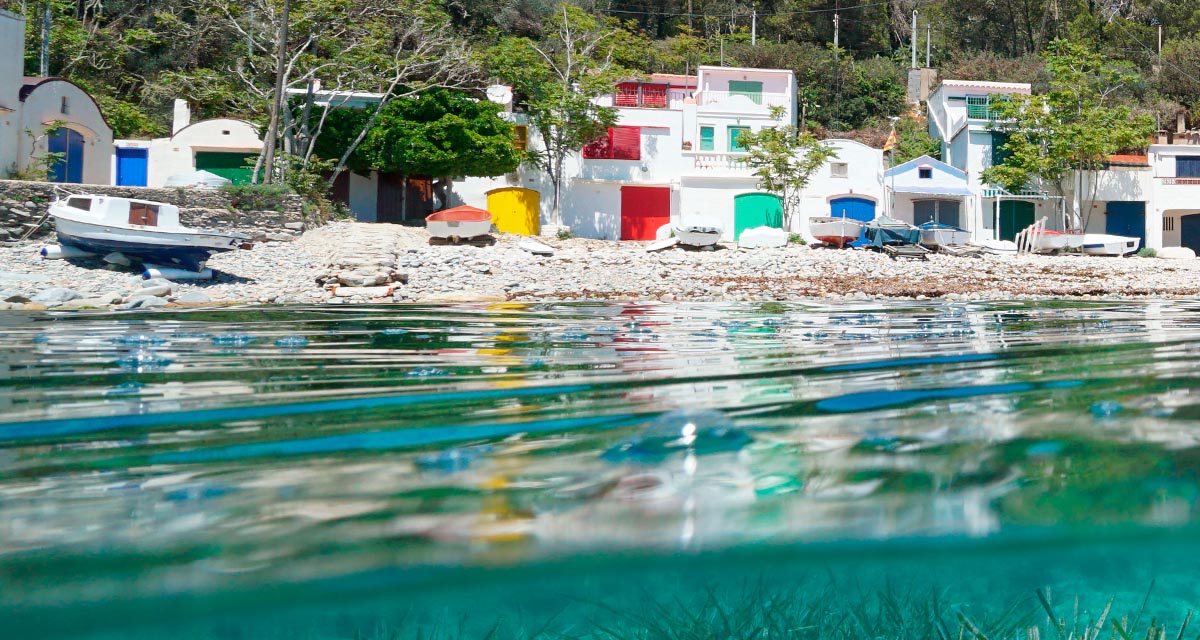
Mapping the Impact of Blue Tourism in the Mediterranean
The IUCN Centre for Mediterranean Cooperation with the support of ETC-UMA in the framework of the Blue Tourism Initiative, has released a comprehensive report entitled “Mapping the Impact of Blue Tourism in the Mediterranean: Vulnerability Assessment of Coastal and Marine ...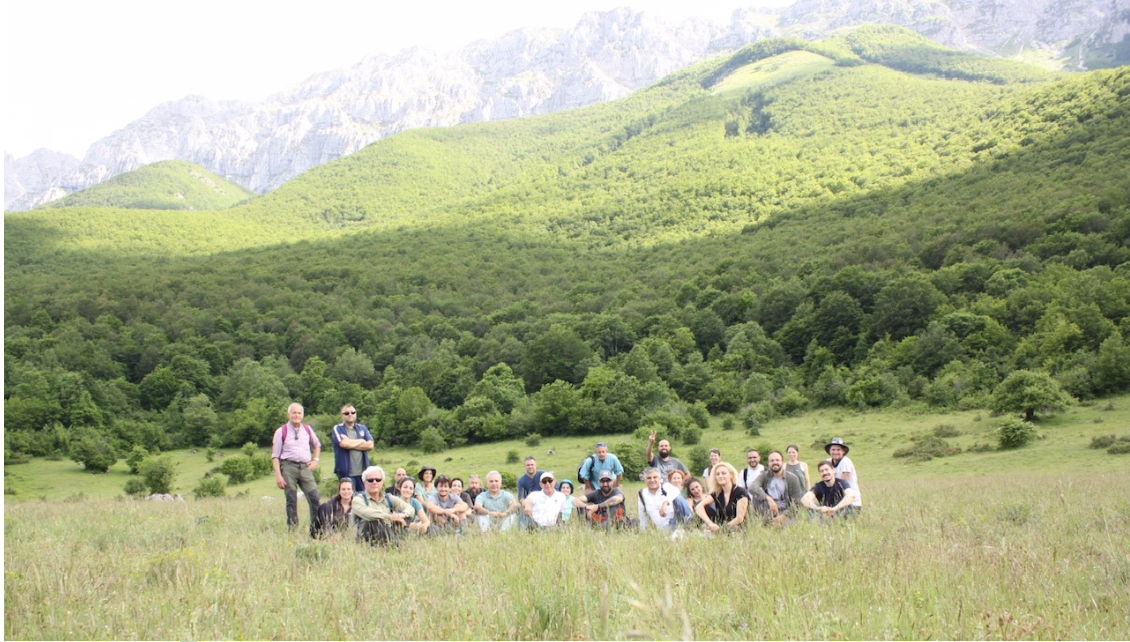
StrategyMedFor Presented at Annual Medforval Meeting 2024
StrategyMedFor was prominently featured at the Annual Medforval Meeting 2024, held from June 5-7 in Fontecchio, Italy. The event brought together 25 practitioners from national parks and natural reserves across 9 Mediterranean countries, providing a valuable platform for StrategyMedFor to ...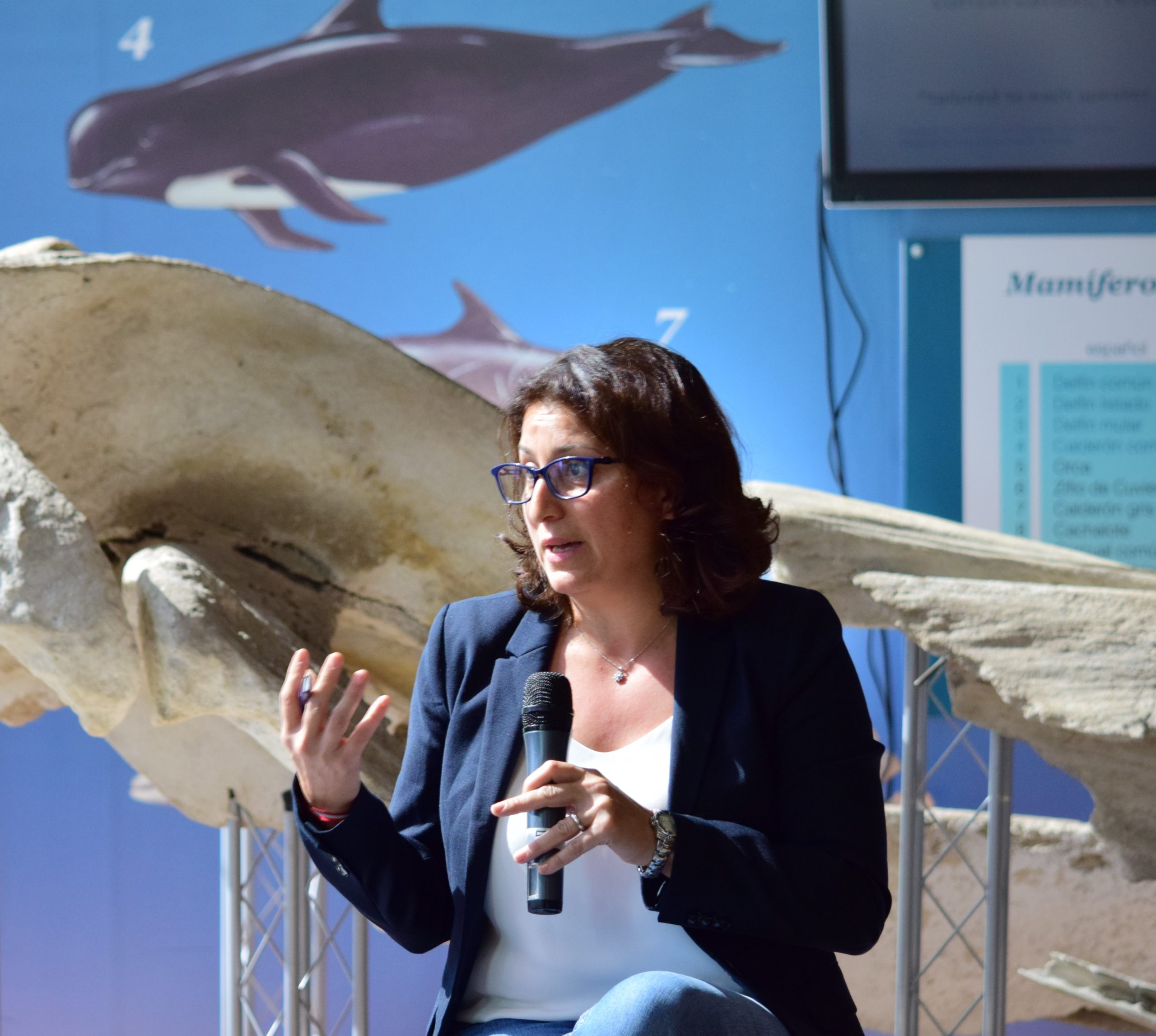
Celebrating leadership in environmental management: an interview with Dania Abdul Malak
From designing integrated ecosystem assessments in Europe and the Mediterranean to transforming outcomes into evidence-based recommendations for regional stakeholders, the European Topic Centre on Spatial Analysis and Synthesis (ETC-UMA) stands as a flagship for territorial cooperation. At the forefront of ...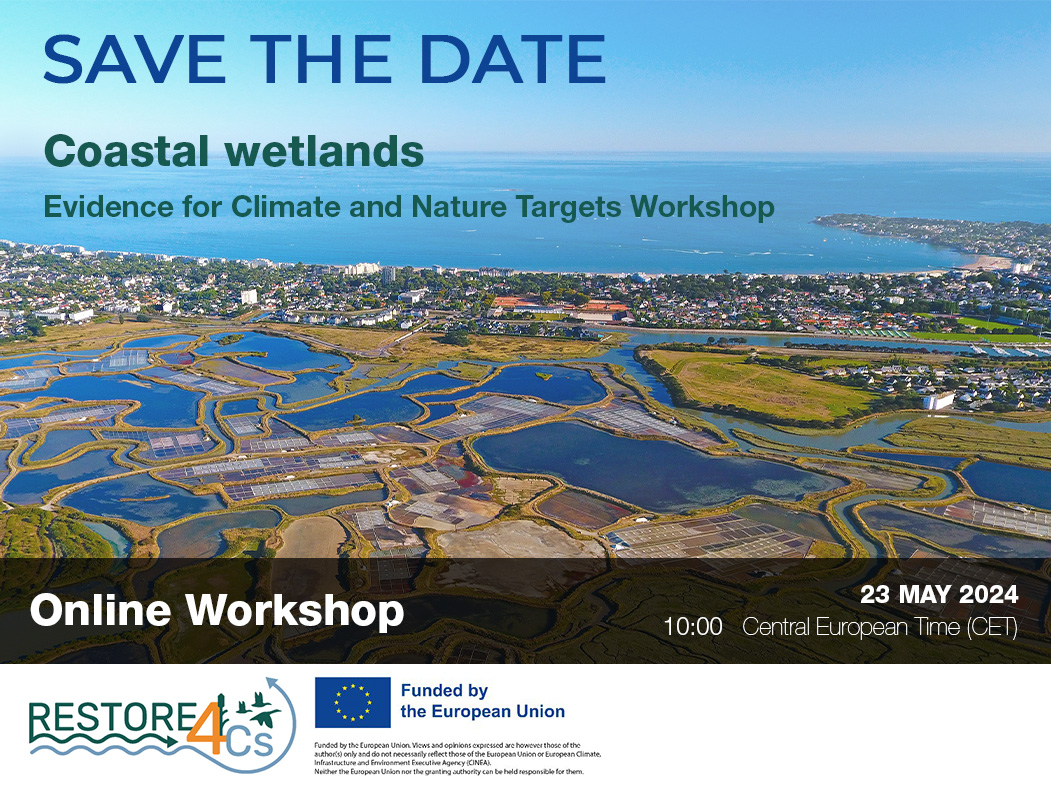
Save the date! Unlocking solutions for coastal conservation in Europe
How can coastal wetlands respond to major European Union objectives such as climate neutrality, biodiversity protection, and pollution reduction? What key role do coastal wetlands play in achieving EU commitments for climate mitigation and biodiversity conservation? The European Topic Centre ...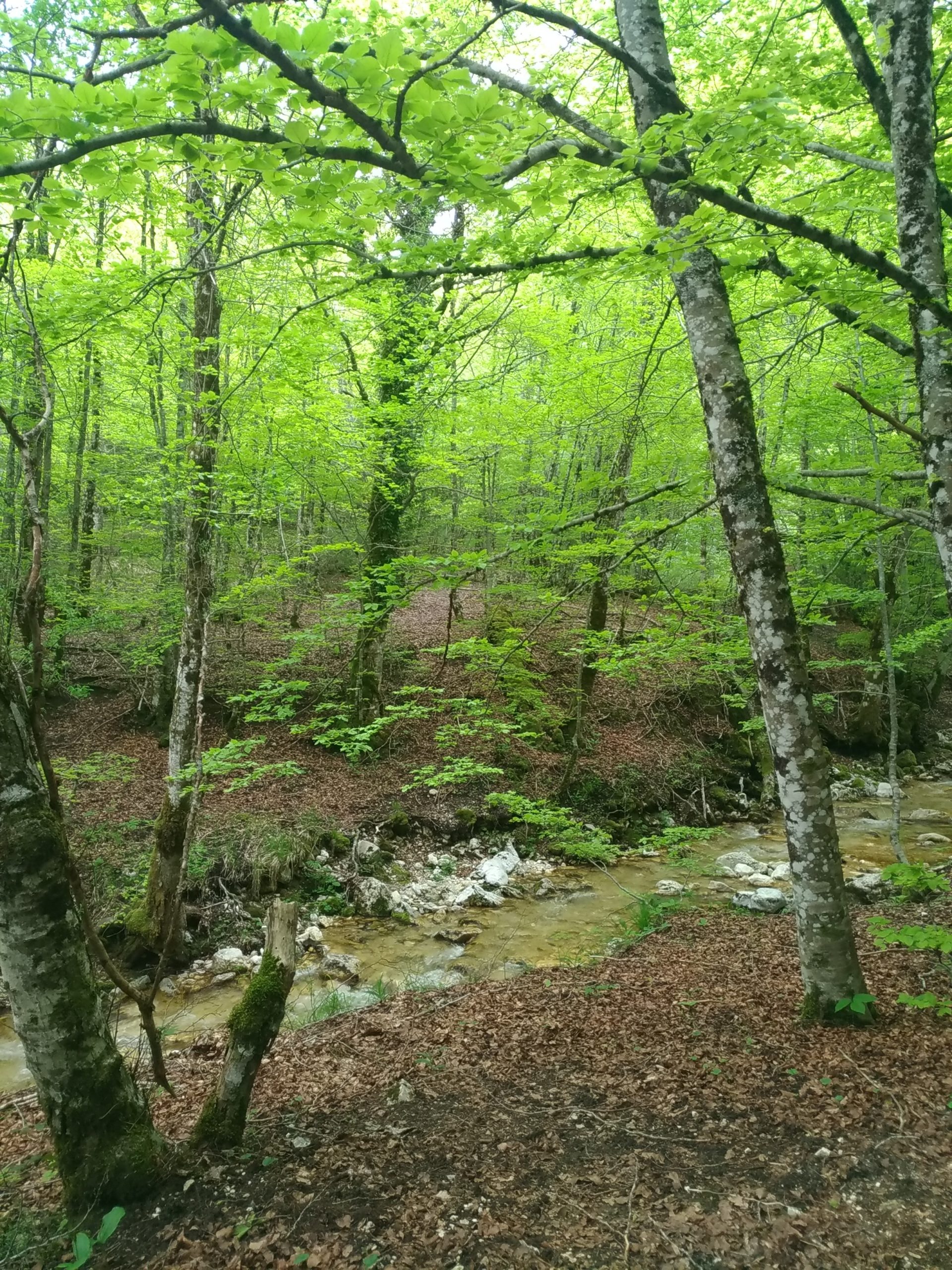
Towards a Strategy for the Sustainable Management of Mediterranean Forests (StrategyMedFor)
The StrategyMedFor project, co-financed by the Interreg Euro-MED programme, was launched at the University of Malaga during a two day meeting that took place on March 18 and 19, 2024. The European Topic Centre on Spatial Analysis and Synthesis (ETC-UMA), ...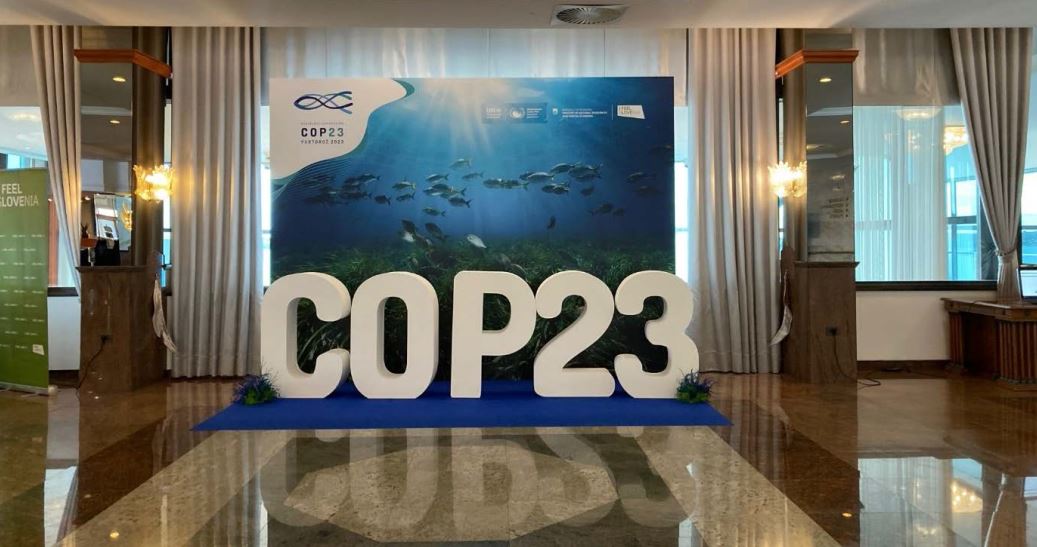
Collaborative science for forests by ETC-UMA showcased in Slovenia during the COP23
As UNEP MAP partner organization, ETC-UMA recently engaged in the organization of a session with Mediterranean institutions under the topic of climate change, entitled: From COASTAL to FOREST ecosystems: Mediterranean Nature-based Solutions to tackle climate change and ensure the Resilience ...
Tools for conserving the Spanish coast
On the initiative of the Instituto Universitario Hábitat Territorio y Digitalización (iHTD) of the University of Malaga, around 70 representatives of Spanish public administrations, researchers, architecture and environmental science players and civil society signed up to the second debate on ...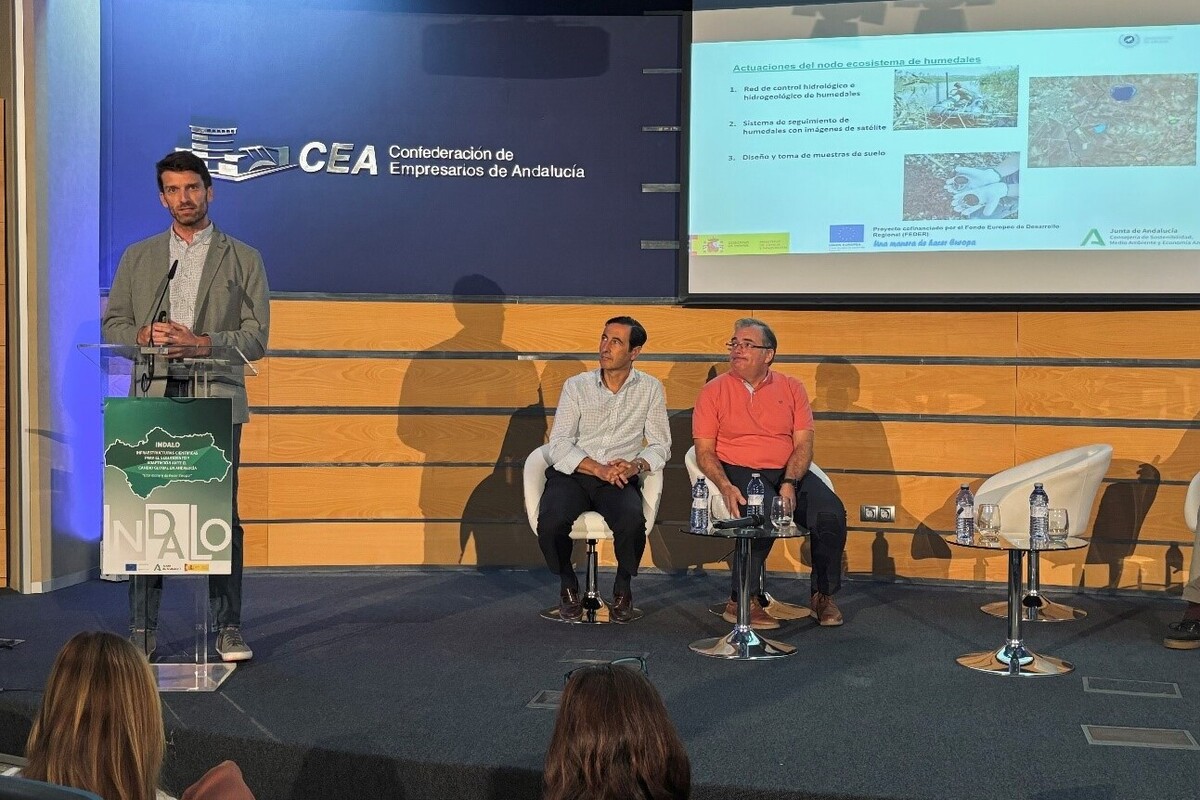
GreenEye System: a cloud-based system to monitor wetlands in Andalusia
Developed in the frame of the LifeWatch INDALO project cofinanced by the European Regional Development Fund (ERDF) for the study of biodiversity and global change in Andalucia, GreenEye System, this new cloud-based monitoring system, provides useful tools for wetlands’ assessment, ...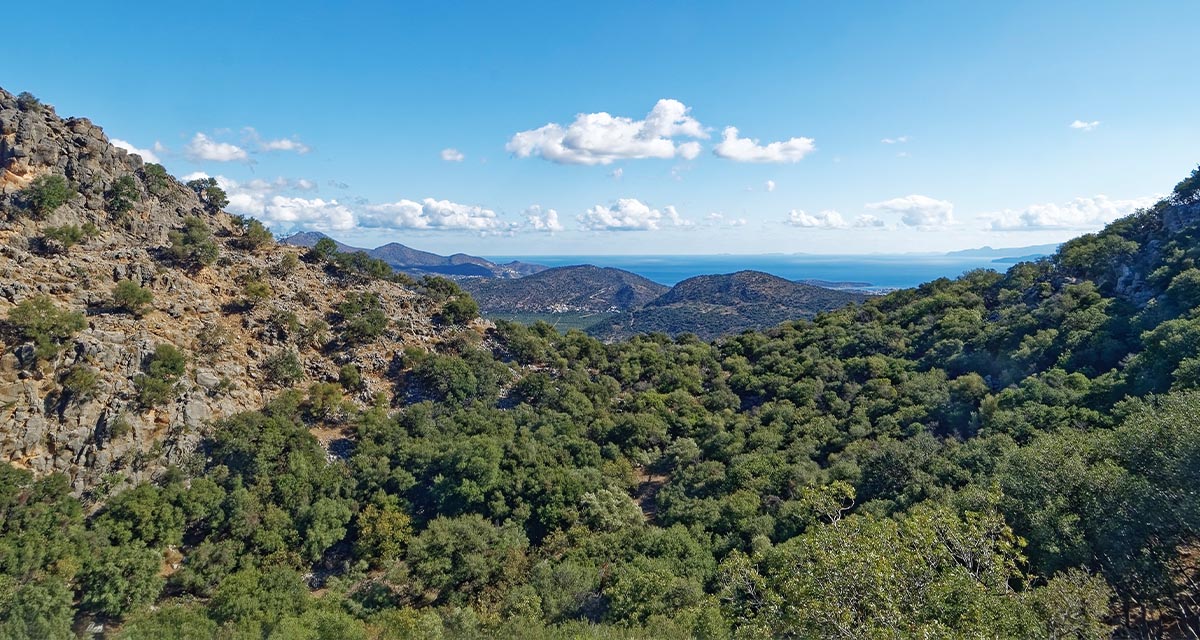
Looking back and forth to Mediterranean Forests
Timely published to enrich the knowledge available to fight fires and climate change challenges after an extremely hot summer, the proceedings of the Seventh Mediterranean Forest Week “Forest and Ecosystem Restoration for the next Mediterranean Generations” held from 21 to ...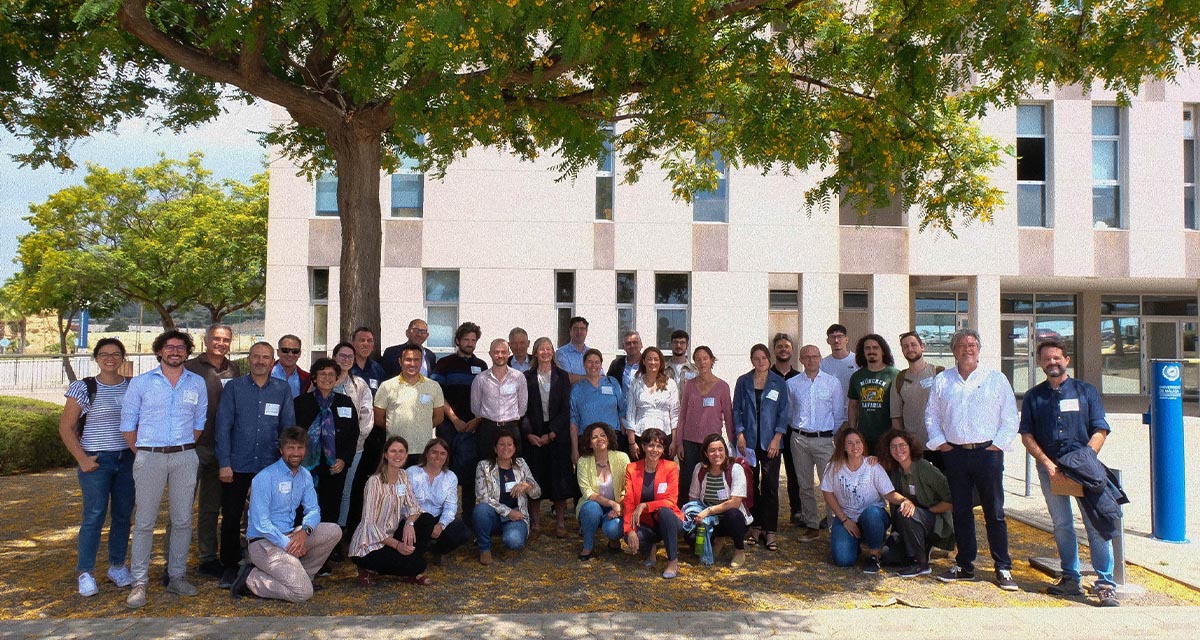
More space for innovative Mediterranean forest data partnerships
The report entitled A knowledge baseline on Mediterranean forests supported by innovation launched in July by ETC-UMA provides a highlight of what Mediterranean countries and institutions are doing to integrate new digital, satellite and Artificial Intelligence technologies into forest monitoring ...
The Earth from Space shown by ETC-UMA at FANTEC 2023
Students from 80 centers from all over Andalusia came together on Friday 19 May 2023 at the High School of Industrial Engineering of the University of Malaga to participate, one more year, in the Andalusian Technology Fair 2023. Antonio Sanchez ...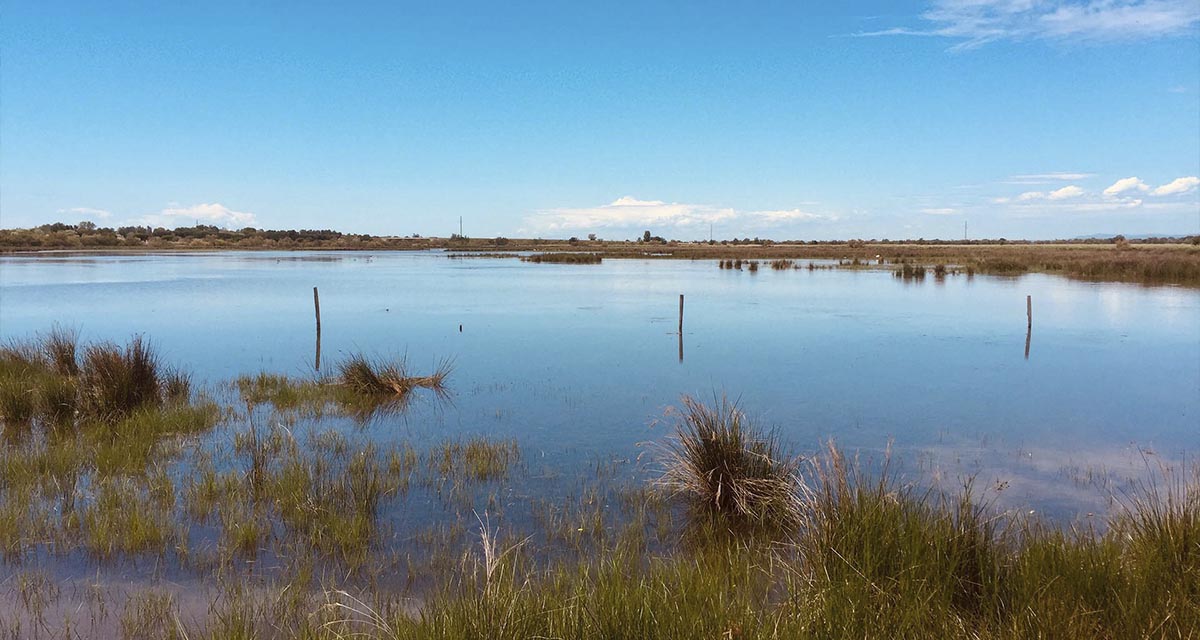
ETC-UMA launches new technologies applied to ecosystem knowledge
Built on the Google Earth Engine cloud computing platform, the new wetland monitoring system based on remote sensing data, developed by ETC-UMA and presented in April 2023 at the National Centre for Environmental Education (CENEAM by its acronym in Spanish) ...